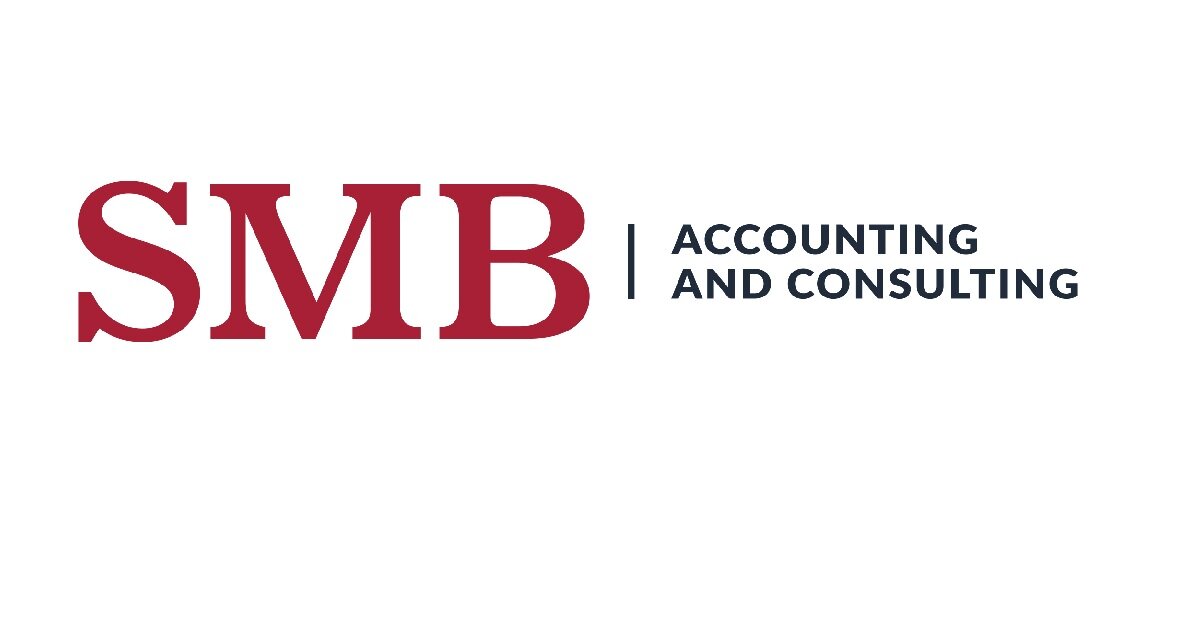Fixed Price and Cost Reimbursement Contracts
When applying for government contracts, it’s important to understand the types of contract options that are available to you. Each type of contract carries its own risks and opportunities and can help you make decisions when compiling your proposal. Project managers should work closely with their team to manage resources, track the project’s performance to budget, and communicate with the accounting department to review billing rates to make sure the contract remains profitable. The three most common categories are fixed priced contracts, reimbursement contracts, and time and material contracts.
Fixed-Price Contracts
The majority of Small Business Innovation Research (SBIR) Phase I contracts issued by the government are Firm Fixed Price (FFP). This means the agreed upon price cannot be adjusted based on additional costs incurred. The contractor bears all the cost risks in this scenario. It’s critical that when applying for a FFP contract that there is a clear understanding of what the deliverables are, the timeline necessary to complete the deliverables, and any additional expenses that are required to fulfill the scope of the contract. During the bidding phase, if a milestone task is excluded or critical resource overlooked, this can negatively impact the profitability of the contract. Though there are risks involved to the contractor, FFP contracts are typically easier to track costs against and require less administrative effort.
Though Firm Fixed Price contracts are the most common in Phase I contracting, there are other types of fixed price contracts to be aware of. Those are Fixed Price Incentive Fee (FPIF) and Fixed Price with Economic Price Adjustment (FP-EPA). Though they are very similar in the risk that the contractor accepts when entering these contracts, there are some differences.
As the name would suggest, Fixed Price Incentive Fee contracts offer the contractor an incentive if a product or services exceeds a specific expectation outlined in their agreement. For instance, a 2% incentive fee may be placed on a contract for early delivery. This benefits both the contractor and the buyer. The contractor receives an additional fee for work well done, while the buyer does not incur additional risks but may benefit from exceeded expectations.
Fixed Price with Economic Price Adjustment contracts are rare and typically only occur for multi-year performance periods in volatile markets with a well-defined scope. The contract price starts out at a fixed rate based on the economic indicators at the time of proposal but there are provisions made that allow price adjustments should there be market fluctuations. This protects both the buyer and seller from external conditions that they cannot control, typically in the form of inflation, scarcity, or currency rate changes.
Cost Reimbursement Contracts
After completion of a Phase I contract, there are sometimes options for a Phase II follow on award. These awards are typically cost reimbursement contracts. There is more oversight required when completing cost contracts and the contractor may be subject to a pre-award audit to determine if they are capable of monitoring and accurately billing these contracts. This is because the buyer is assuming more of the risk than the seller in these contracts.
Cost Plus Fixed Fee
In government contracting, Cost Plus Fixed Fee (CPFF) contracts require compliance with many cost regulations and can be complex to administer. An Incurred Cost Electronic Model (ICE) is utilized to calculate the company’s billing rates that are then applied to the direct costs to determine the billing amount. The billing rates typically used in the beginning of a contract or fiscal year are the Provisional Billing Rates (PBR) calculated for General & Administrative, Fringe, and Overhead categories based off the year’s budget. As the year progresses, the company should monitor their performance to budget to determine if there are major variances that warrant a recalculation of the PBRs. When a fiscal year is closed, the actual financials will be input into the ICE to calculate the Actual Incurred Cost Rates. A billing adjustment should be completed for the variance between what was billed and what they should have been paid based on the new rates. Though CPFF contracts have a much lower risk to the seller than FFP contracts, the seller still needs to monitor their costs to make sure that they do not reach their contract ceiling limit prior to contract completion. The risks are mitigated for CPFF contracts because it allows the contractor to adjust their expenditures to ensure there is enough revenue to properly cover their operational expenses. The more accurate the company budget is, the lower the adjustment billing will be.
Time and Material Contracts
Time and Material Contracts (T&M) can be viewed as a hybrid between a fixed price and reimbursable contract. These contracts are used in government contracting but are typically utilized when the scope of work is not as well defined, such as a research or service driven contract. Billing rates for labor are fixed per job position, and an agreed upon rate (typically the G&A rate calculated by the ICE) is applied to the materials required for the contract. There is less risk to the contractor and a higher risk to the buyer in these contracts due to the scope being largely undefined. The contractor has the ability to work and purchase what is needed for the contract and will be reimbursed within reason. Typically, the buyer will set a Not To Exceed amount.
No matter the type of contract your company may be awarded, proper oversight and monitoring performance to budget is key. This task should be completed by your project manager, but input from the accounting department remains a crucial step in the process.
More detailed information regarding contract types can be found in FAR Part 16 – Types of Contracts.
As we get closer to the end of the year, SMB Accounting and Consulting can assist in calculating actual ICE rates, perform billing adjustments, and help you start the new year right with a company budget and revised provisional billing rates.

